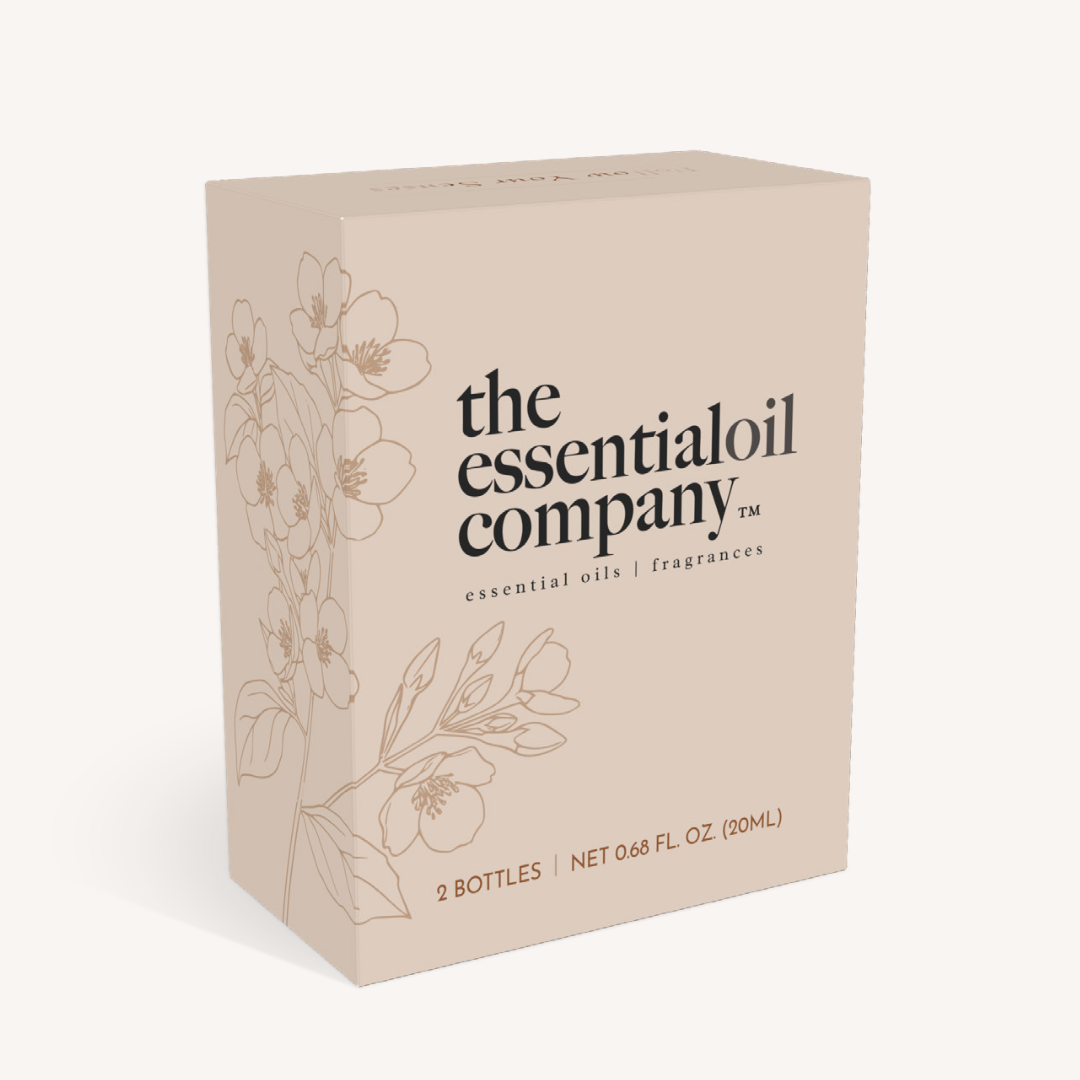Plant Details
Cinnamon (Cinnamomum zeylanicum), also called True Cinnamon or Ceylon Cinnamon, is a small evergreen tree in the Lauraceae family. The tree is native to Sri Lanka and thrives in tropical regions with heavy rainfall, leading to cultivation in other areas such as Bangladesh, India, Indonesia, Brazil, and parts of the Caribbean. Cinnamon trees grow to be thrifty to fifty feet tall with thick rust-colored bark along the trunks. The leaves of the tree are oblong and oval, reaching three to seven inches long. Cinnamon leaves are dark green and glossy with a leathery texture that hardens as the tree ages. The flowers of the tree are small and greenish-white in color, growing in loose, branching clusters at the ends of branches. Cinnamon trees produce small purple fruits called drupes, each containing a single seed. Cinnamon trees reach maturity at around two to three years after planting when they have reached approximately six feet tall. The bark of the tree will then be thick and brown and the leaves will have hardened. Both Cinnamon Bark and Cinnamon Leaf are harvested for essential oil extraction.
History
The English name Cinnamon is derived from the Arabic ‘amomon’ and the Hebrew word ‘qinnamon’, both meaning fragrant spice plant. In early Modern English, Cinnamon was also referred to as Canel or Canella which comes from the Latin word for tube. This name was adopted due to the bark's tendency to retract and roll into a tube while drying.
Cinnamon is believed to be one of the oldest and most valued spices in the world and was imported to Ancient Egypt as early as 2000 BCE. It is said that during this time the value of Cinnamon was close to that of gold and any person possessing it was considered to be wealthy. Ancient Egyptians used Cinnamon during the embalming process and as an ingredient in an incense called Kyphi, used in medicine and spiritual practices. A Greek poem from the seventh century BCE notes that Cinnamon was believed to grow alongside myrrh and labdanum in Arabia and that the revered plants were protected by winged snakes because of their value. In Rome, a pound of Cinnamon was so valuable that it could cost the equivalent of fifty months wages according to an account by Pliny the Elder. It was sometimes used in funeral pyres to mask the smell of burning flesh but was used sparingly due to the cost. In the year sixty-five CE, Emperor Nero burned a year's worth of the stock of Cinnamon at his wife's funeral, as a show of wealth and respect for her.
Europeans viewed Cinnamon as a symbol of high-ranking social status during the Middle Ages, with only the wealthy class able to afford spices imported from the East. During this time it was used in cooking and in treatments for indigestion and stomach discomfort. Grave robbers in the fifteenth century were known to adorn themselves with essential oil blends containing Cinnamon to help protect against the plague. The Cinnamon tree as a whole was thought to symbolize good fortune and wealth and Cinnamon Essential Oils are thought to attract those things.
Extraction
Cinnamon trees reach maturity around two to three years after being planted at which point both the leaves and bark can be harvested for essential oil production. Harvest typically takes place from May to August and again in November depending on the precipitation and soil fertility of the area.
It is ideal to harvest Cinnamon Bark during a rainy period when it can be more easily peeled from the branches. Cinnamon trees may be harvested two to three times per year by cutting stems at the ground level. This promotes the growth of additional side shoots, increasing the yield of each tree and making future harvest easier. After the branches or side shoots of the Cinnamon tree are harvested, the out bark is stripped away and the inner bark is peeled off in long strips. The strips are then left out in a well-ventilated and semi-shaded area for four to six hours where they naturally roll into tubes as they dry. The dried Cinnamon Bark tubes, called quills, are crushed and broken down into smaller pieces before being placed into the still, maximizing the amount of material that is processed in each batch. Cinnamon Bark Essential Oil is extracted from the inner bark of the tree through steam distillation. The resulting essential oil is thin and clear to pale yellow in color with a warm, spicy, and sweet aroma.
Cinnamon Leaves are harvested when their color deepens to dark green and they have hardened. They are clipped from the tree mechanically or by hand and air-dried for several days before processing. The dried Cinnamon Leaves are packed tightly into the still to ensure maximum oil yield. Cinnamon Leaf Essential Oil is extracted from the leaves of the tree through steam distillation. The resulting essential oil is thin and pale brown in color with a spicy, bitter, and woodsy aroma.
Benefits & Uses
Extracted from different parts of the same plant, Cinnamon Bark Essential Oil and Cinnamon Leaf Essential Oil share many benefits but also have some properties that are unique to each oil.
Used in aromatherapy, Cinnamon Essential Oil of both types has been found to ground and calm the mind while also relaxing and soothing the body. Cinnamon Oil is thought to alleviate feelings of stress, nervous tension, and depression while helping to encourage a positive and uplifted mood. It is known to increase physical and mental energy levels which can help combat exhaustion and faintness while also working to enhance cognitive function. Cinnamon Essential Oil has been found to improve focus and maintain alertness, working to extend the attention span and improve memory retention. It may also help support healthy eating habits by curbing cravings and facilitating the feeling of being full. Cinnamon Essential Oil is believed to boost the immune system to help fight illness while also helping to relieve cold and flu symptoms. It is thought to break up congestion and relieve coughs and sneezing as well as working to soothe painful headaches. Cinnamon can help to diminish unwanted odors around the home and freshen the air with a warm and comforting aroma.
When diluted and used topically, both Cinnamon Essential Oils may help to soothe discomfort in the body and support healing. It has been found to alleviate skin dryness and reduce inflammation to calm irritation and skin issues such as acne and rashes. Cinnamon Essential Oil is believed to diminish signs of aging and tone the skin for a rejuvenated and smooth complexion. It may help to cleanse the skin and combat bacteria that may lead to blemishes and acne. Used in haircare, Cinnamon is thought to cleanse the scalp and relieve dryness and dandruff while also working to reduce hair falling and thinning and boost hair growth. Cinnamon Essential Oil has been found to calm inflammation and swelling while also helping to reduce pain and stiffness in muscles and joints. It is thought to lessen blood flow to wounds and combat bacteria to help wounds heal quickly while avoiding infection. Cinnamon Oil is known to help alleviate stomach discomforts such as gas and bloating while working to improve metabolism and support healthy digestion. It is also believed to offer relief during the menstrual cycle by soothing cramps and abdominal pain and helping to regulate menstrual flow.
Here are some recipes using Cinnamon Essential Oils that we love...

Cozy Comfort Diffuser Blend
Ingredients
- 3 drops of Cinnamon Bark Essential Oil
- 3 drops of Peppermint Essential Oil
- 3 drops of Lavender Essential Oil
Instructions
Add water to your diffuser up to the fill line. Add drops of the essential oil blend. This diffuser blend recipe is formulated for a 200ml ultrasonic diffuser. Adjust the amount according to the size and directions of your diffuser.

Soothing Warmth Aromatherapy Heating Pad
Supplies
- 1 yard of Flannel Fabric
- Thread in Matching Color
- 3 cups of Uncooked Rice
- 20 drops of Cinnamon Leaf Essential Oil
- 20 drops of Rosemary Essential Oil
- 20 drops of Eucalyptus Essential Oil
Instructions
Cut the fabric into 2 rectangles of equal size and place one on top of the other with the right sides together. With a machine or by hand, carefully sew along each side, leaving a 2-inch opening on one side. Turn fabric outside in. Add the rice and essential oils to a bowl and gently stir to coat the rice. Fill the bag with the scented rice mixture. Sew the opening closed and use your hand to evenly distribute the rice throughout the pad into a relatively flat shape. To use, place the pad in the microwave and heat it in 20 seconds increments until you achieve the level of heat you desire. Place on the area causing pain on and off for 15-minute increments.

Tummy Troubles Soothing Bath Soak
Ingredients
- 1 cup of Epsom Salt
- ½ cup of Coarse Mineral Sea Salt
- ¼ cup of Fractionated Coconut Oil
- 10 drops of Cinnamon Bark Essential Oil
- 10 drops of Ginger Essential Oil
- 10 drops of Lavender Essential Oil
Instructions
Mix all the ingredients thoroughly and store them in an airtight container. Add a handful to a warm bath and soak.

Smooth & Serene Toning Facial Mist
Ingredients
- 4oz Amber Glass Bottle with Spray Top
- 2 oz of Witch Hazel Extract
- 1 oz of Distilled Water
- ½ oz of Vegetable Glycerin
- ½ oz of Sweet Almond Oil
- 10 drops of Cinnamon Leaf Essential Oil
- 10 drops of Frankincense Essential Oil
- 10 drops of Chamomile Essential Oil
Instructions
Mix all ingredients in a 4oz glass amber bottle. Replace the spray top and shake well to combine. After cleansing, spray generously over the face and neck. Shake well before each use.

Positive Glow Uplifting Roll On
Ingredients
- 10ml Amber Roll-On Bottle
- ⅓ oz of Fractionated Coconut Oil
- 2 drops of Cinnamon Bark Essential Oil
- 2 drops of Cinnamon Leaf Essential Oil
- 3 drops of Sweet Orange Essential Oil
- 3 drops of Rosemary Essential Oil
Instructions
Add all the ingredients to the roll on the bottle and shake well to combine. Roll onto the neck and wrists to calm and uplift the mind.










